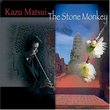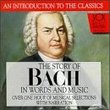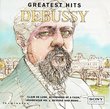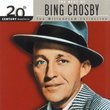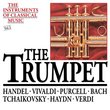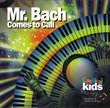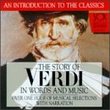| All Artists: James Ashley Franklin Title: Japan: The Spirit of Water Members Wishing: 2 Total Copies: 0 Label: Celestial Harmonies Release Date: 3/9/1999 Genres: Dance & Electronic, International Music, New Age, Pop, Rock Styles: Ambient, Far East & Asia, Meditation, Progressive, Electronic Number of Discs: 1 SwapaCD Credits: 1 UPC: 013711317220 |
Search - James Ashley Franklin :: Japan: The Spirit of Water
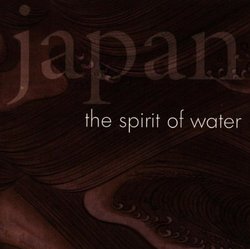 | James Ashley Franklin Japan: The Spirit of Water Genres: Dance & Electronic, International Music, New Age, Pop, Rock
Japan: The Spirit of Water is a superb exploration of Japanese tradition - the mastery of Japanese musics and spirit - emphasizing the link between the culture of Japan and the influence, or spirit, of water featuring b... more » |
Larger Image |
CD Details
Synopsis
Album Description
Japan: The Spirit of Water is a superb exploration of Japanese tradition - the mastery of Japanese musics and spirit - emphasizing the link between the culture of Japan and the influence, or spirit, of water featuring both traditional and non-traditional techniques.In the realm of music, or the art of sound (ongaku) as it is termed in Japanese, the fascination with water is something which cuts across stylistic or historical boundaries: new developments proceeding from traditional forms provide new vehicles for the embodiment of, amongst other sentiments, the spirit of water. This embodiment may be explicitly programmatic in nature, the program then often containing elements of the human world as well as the non-human environment. A famous and popular piece of this kind is Haru no Umi (Spring Sea) from the early 20th century. Although originally scored for the common combination of koto and shakuhachi, many arrangements of this piece now exist, including some for western instruments. The image of this piece proved to be so powerful that Haru no Umi has achieved the status of a national heritage heard virtually everywhere in Japan on New Year's Day.The combination of koto and shakuhachi, in recent times, has become a musical exploration drawing on the traditional style and extending them as reflected in Mountain Stream with its melodic and harmonic structure based on tradition with an improvised musical process which is not traditional.Japan is also the land of percussion sounds, the taiko. It appears in two of Japan's main dramatic forms, No and Kabuki, and is central to festival (matsuri) music as reflected in The Wave. Shinrabansyo (All Creation) combines taiko with shinobue (a Japanese transverse bamboo flute).Raintree stems from a Japanese composer trained in Western composition. Ise is a piece by a Western composer/performer who has assimilated Japanese influences into his playing of non-Japanese music and instruments.
Similarly Requested CDs
| Dinner Classics Dinner Classics: Viennese Genres: Special Interest, Pop, Classical Label: Sony | |
| Kazu Matsui The Stone Monkey Genres: Jazz, New Age, Pop Label: Narada | |

 Track Listings (8) - Disc #1
Track Listings (8) - Disc #1
